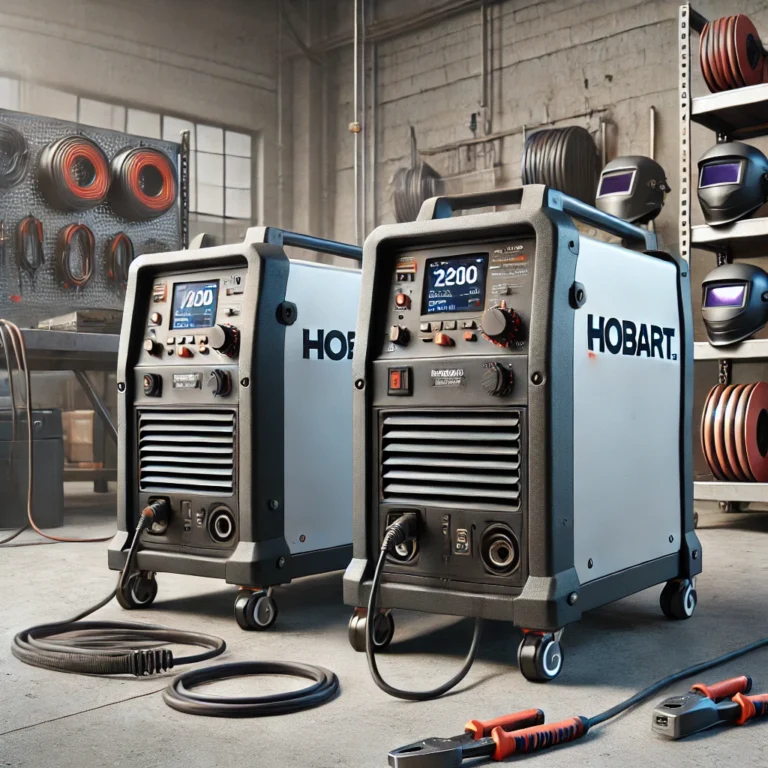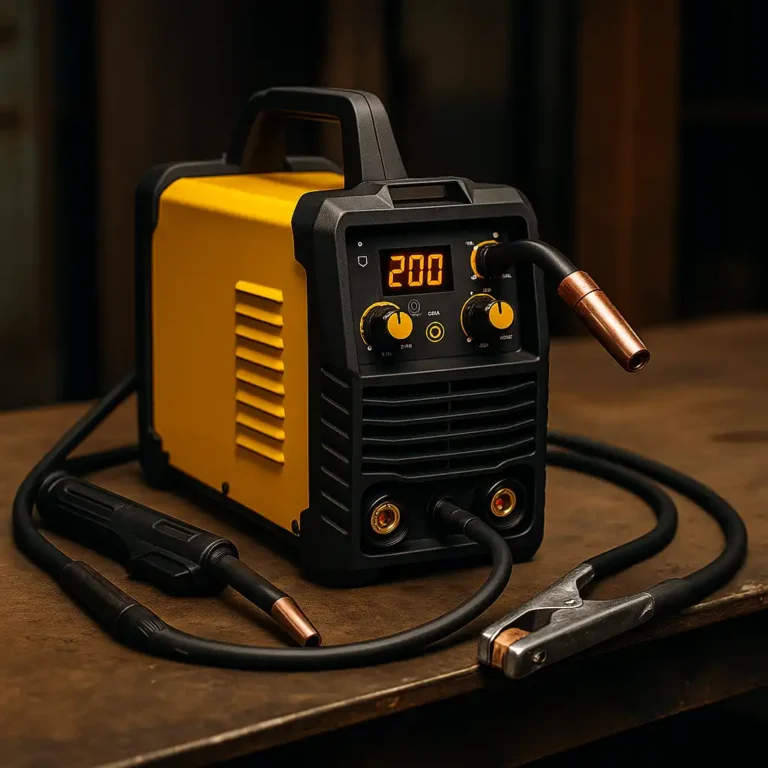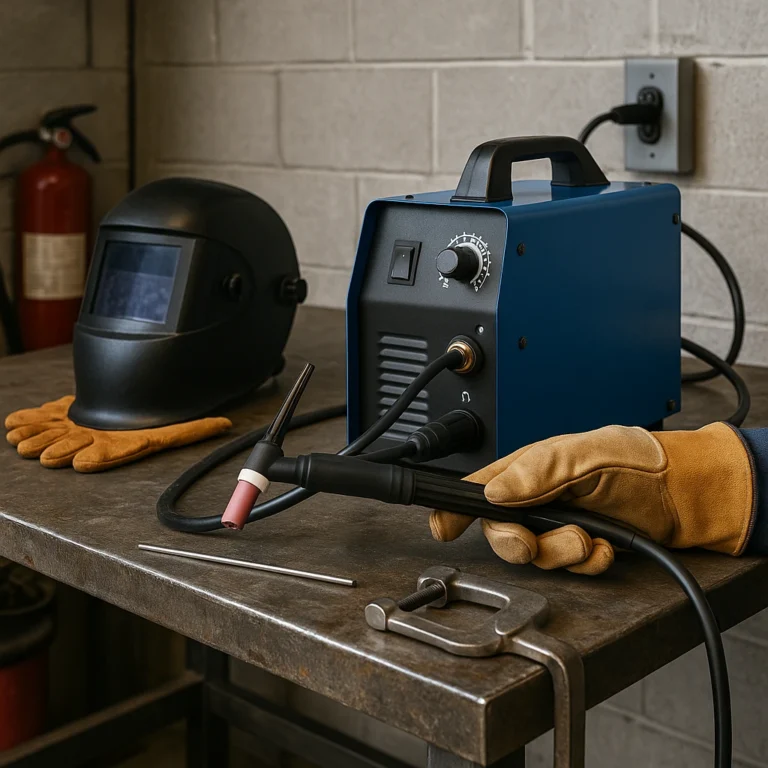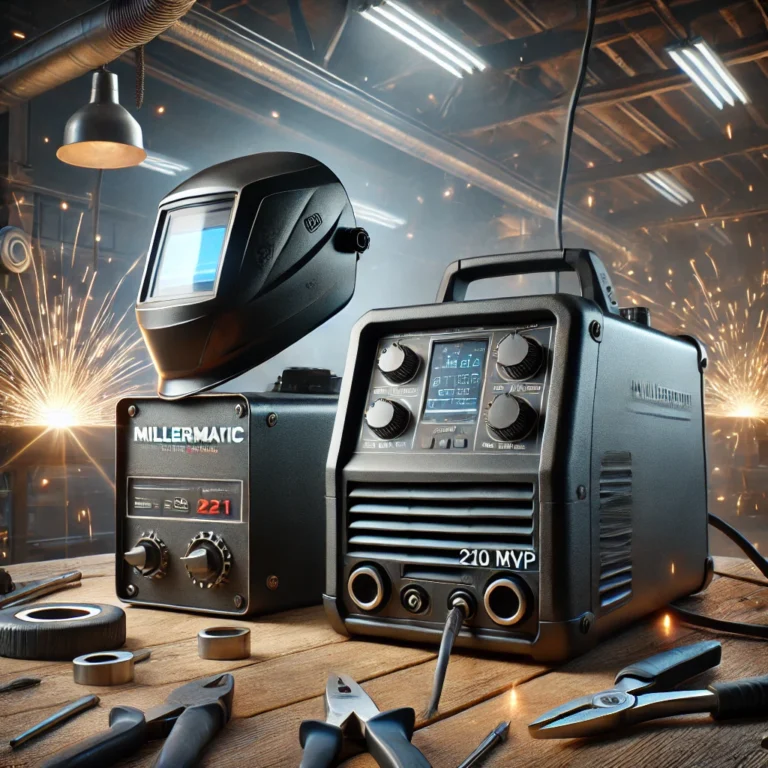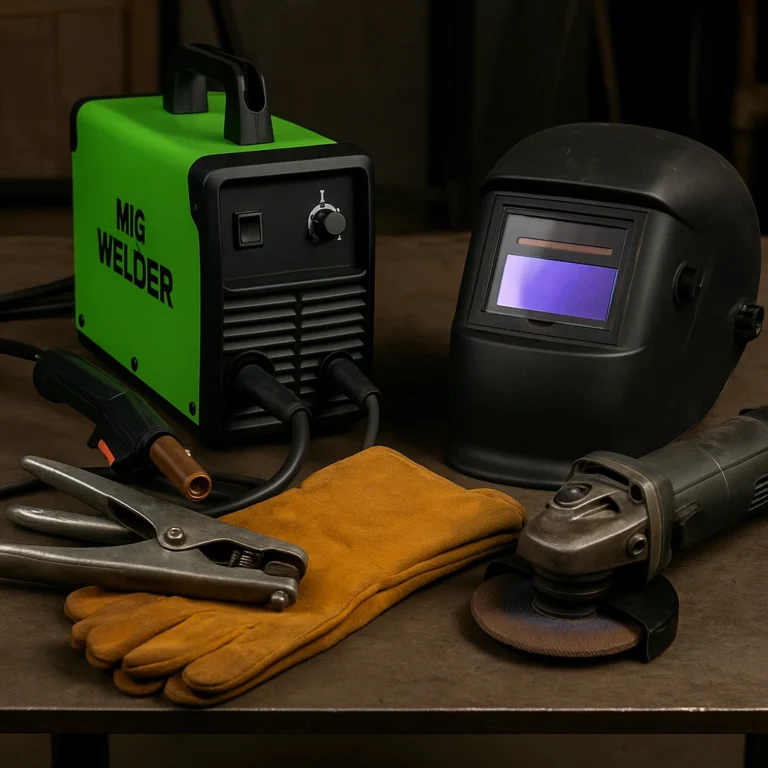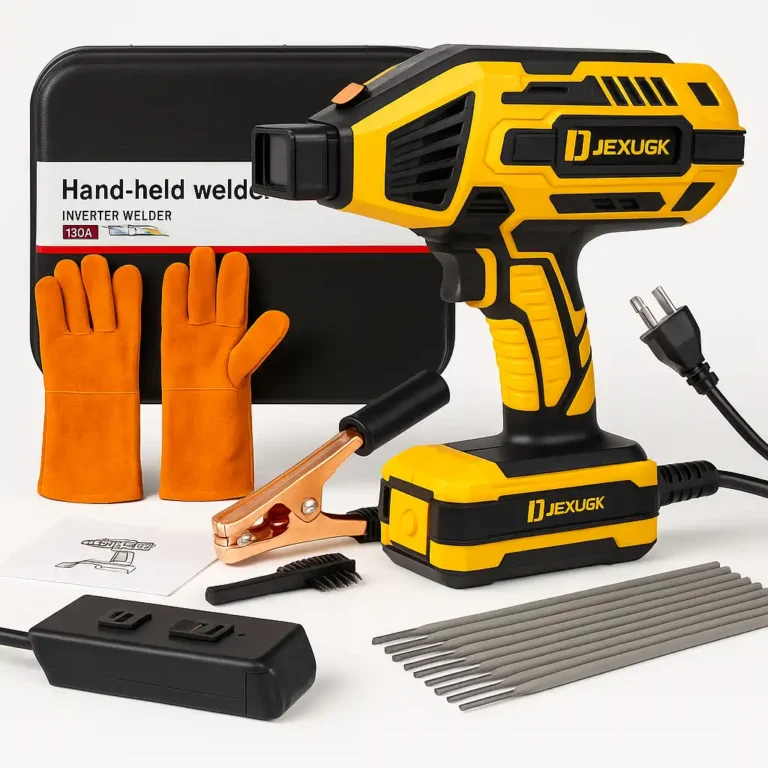Hobart Handler 190 vs Lincoln 180: Which MIG Welder Wins?
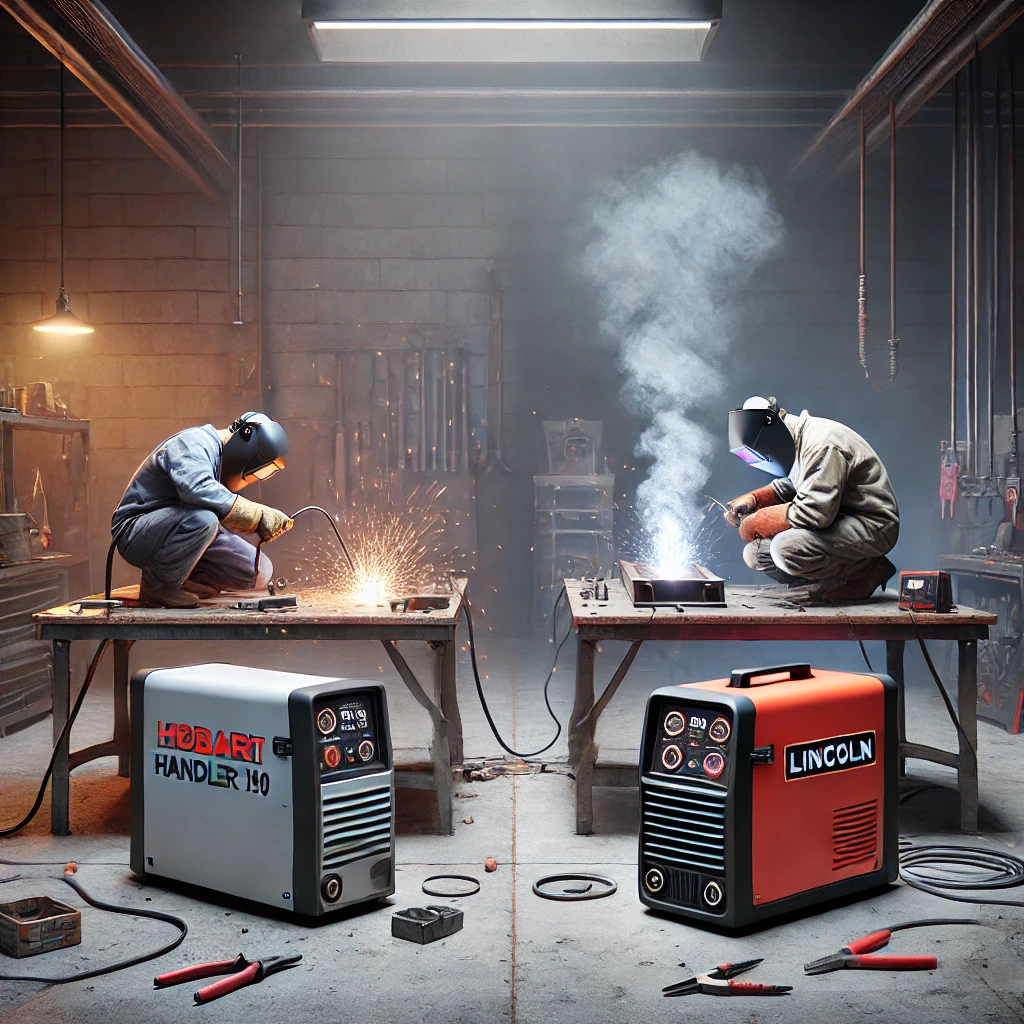
Disclosure: This post contains affiliate links. As an Amazon Associate, I earn from qualifying purchases—at no extra cost to you.
Choosing the right MIG welder is a big deal—especially when you’re stuck between two heavyweights: the Hobart Handler 190 and the Lincoln 180. Whether you’re a hobbyist leveling up or a seasoned welder who needs reliable daily performance, your welder is more than just a machine—it’s your partner in precision. But with so many features, specs, and user opinions flying around, it’s easy to feel a bit… arc-welded in place.
Let’s break it down in plain terms and spark up the truth about which machine deserves a spot in your garage.
Hobart Handler 190 Review
The Hobart Handler 190 MIG Welder is a 230V powerhouse built for both versatility and ease of use. It shines brightest in automotive work, farm projects, and light industrial tasks. Its amperage range spans from 25A to 190A, giving it enough juice to handle materials from 24-gauge up to 5/16-inch steel.
One of the standout features is the 7-position voltage control selector. This gives you finer control of your arc, allowing for smoother welds and less spatter. Whether you’re welding mild steel or stainless steel, it offers consistent results.
Also worth noting is Hobart’s rock-solid build. It feels durable and grounded—like it could survive a drop off the back of your pickup truck and still lay down a bead.
Wire-feed control is responsive and reliable, and beginners will appreciate the clear instructions and intuitive setup. It’s also spool gun-ready, which makes aluminum work a breeze with an optional accessory.
Lincoln 180 Review
The Lincoln Electric PRO MIG 180T offers serious muscle with its 208V input and a max output of 180 amps. While slightly lower in voltage than the Hobart, it makes up for it with some advanced usability features that Lincoln fans have come to love.
One of the biggest perks is its dual voltage input (208/230V), which gives it flexibility that the Hobart lacks. That can be a game-changer if you’re moving between job sites or plugging into different power setups.
The Lincoln 180 also includes a smooth start feature, which reduces wire tangles and minimizes splatter at arc strike. You also get continuous wire feed speed control, which means you can fine-tune the welder to match your exact needs.
Build quality is robust, and it holds up well under demanding tasks. It’s a favorite among home garage welders, especially for car restoration and moderate fabrication projects.
Head-to-Head Comparison: Hobart Handler 190 vs Lincoln 180
When it comes to raw power, the Hobart has a slight edge with its 190A output. That’s helpful when you’re pushing the limits on thicker steel. On the flip side, Lincoln offers greater versatility with dual voltage input, which can be a lifesaver in mixed environments.
Ease of use is a draw. Both machines offer intuitive controls, though Hobart’s seven-point voltage selector gives it a tiny advantage in arc precision. But for starting clean and avoiding splatter, Lincoln’s smooth start earns big points.
If you’re planning to do a lot of aluminum work, both are spool gun compatible—but Hobart’s plug-and-play setup is slightly more user-friendly.
Pricing is often similar, so it really boils down to what kind of work you do most. Need more amperage and arc control? Go Hobart. Want flexibility and fewer starts-and-splatters? Lincoln’s your guy.
Which One Should You Choose?
For garage warriors who prioritize clean, consistent welds and more power, the Hobart Handler 190 might be the better long-term investment. It’s a set-it-and-forget-it kind of welder—dependable, powerful, and smooth.
But if your welding takes you to multiple sites or you’re just starting and want a smoother startup and more forgiving setup, the Lincoln 180 will treat you well and grow with your skills.
Both are excellent choices, and whichever one you pick, you’ll get a machine that’ll serve you well under fire.
Related Articles You Might Find Helpful
- Hobart Handler 190 vs 210 MVP
- Hobart Handler 190 Review
- Lincoln 140 vs Hobart 140
- Best MIG Welder for Home Use
- Millermatic 211 vs Hobart 210MVP

